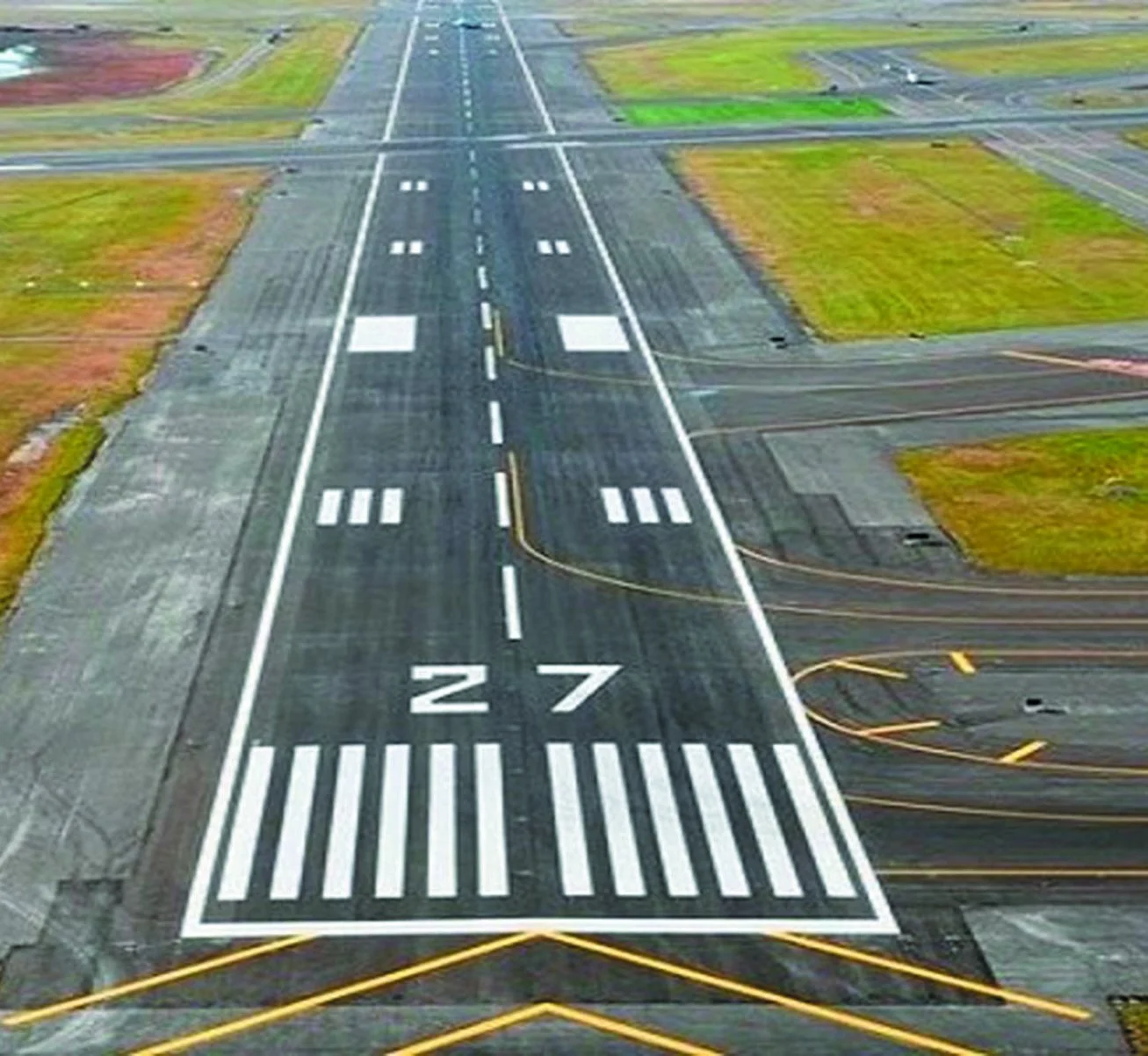
Runway Markings Guide
Discover the importance of understanding runway markings, which guide pilots during takeoffs, landings, and taxiing.
 “In a streamlined flow of an ideal fluid, the sum of static pressure and the dynamic pressure remains constant.”
“In a streamlined flow of an ideal fluid, the sum of static pressure and the dynamic pressure remains constant.”
Daniel Bernoulli, Swiss mathematician. Published in Hydrodynamics – 1738.
To start, let’s clarify Bernoulli’s Principle which operates under the assumption that air behaves like an “ideal fluid.” This means:
(its volume doesn’t change with pressure fluctuations).
(it doesn’t create friction or stick to surfaces or itself).
While these assumptions aren’t entirely accurate, they are generally accepted for subsonic airspeeds (below Mach 0.4) where the effects of compressibility and viscosity are minimal.
Seeing as not much went over 260 Knots in 1738, we will give him the benefit of the doubt.
With that clarified, let’s explore the principle itself.
Like what you see? Access all of our learning materials and Question Banks.
However, Bernoulli’s Principle is just one aspect of what produces lift. There are other key factors to consider.
This pressure difference results in an upwards lifting force. Whenever the distribution of speed past the top and bottom surfaces of a wing is known, the lift forces can be calculated (to a good approximation) using Bernoulli’s equations. For our purposes though we know the pressure above the wing is relatively lower than that below.
Both pressure and temperature have a direct impact on air density:
This explains why aircraft performance decreases significantly in hotter, higher, or more humid conditions — due to the effects of density altitude.
It’s mainly influenced by the shape of the wing, the angle of attack, and something called a Reynolds Number.
A Reynolds number is determined by the air velocity, viscocity, (we’ll cover this one in another article).
In general, the higher the angle of attack, the higher the CL value, up to the point of stall where CL reduces massively.
Doubling your airspeed quadruples the amount of lift due to the square relationship between lift and airspeed.
Doubling the wing area results in twice as much lift.
Like what you see? Access all of our learning materials and Question Banks.

Discover the importance of understanding runway markings, which guide pilots during takeoffs, landings, and taxiing.
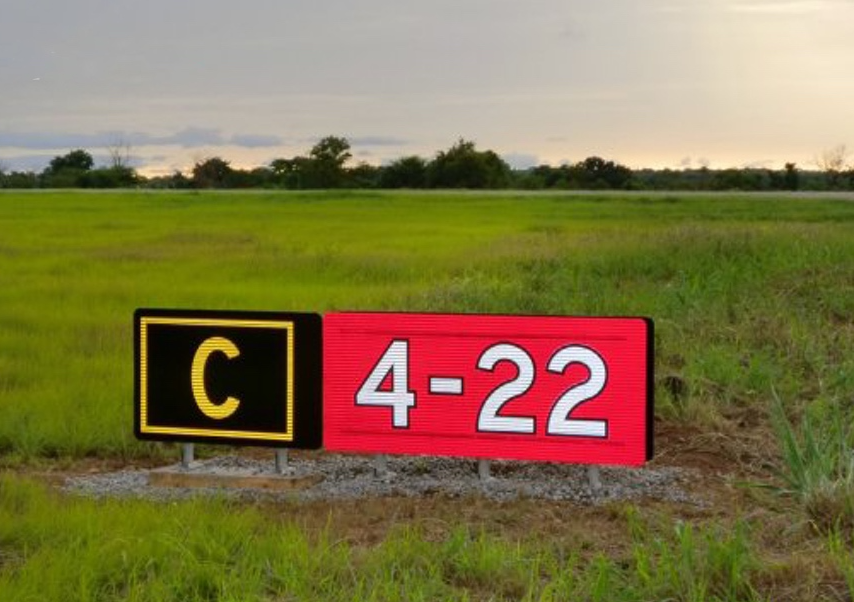
Know your airfield signs! Not being familiar with standard visual aids can be very stressful, especially when visiting a new aerodrome.
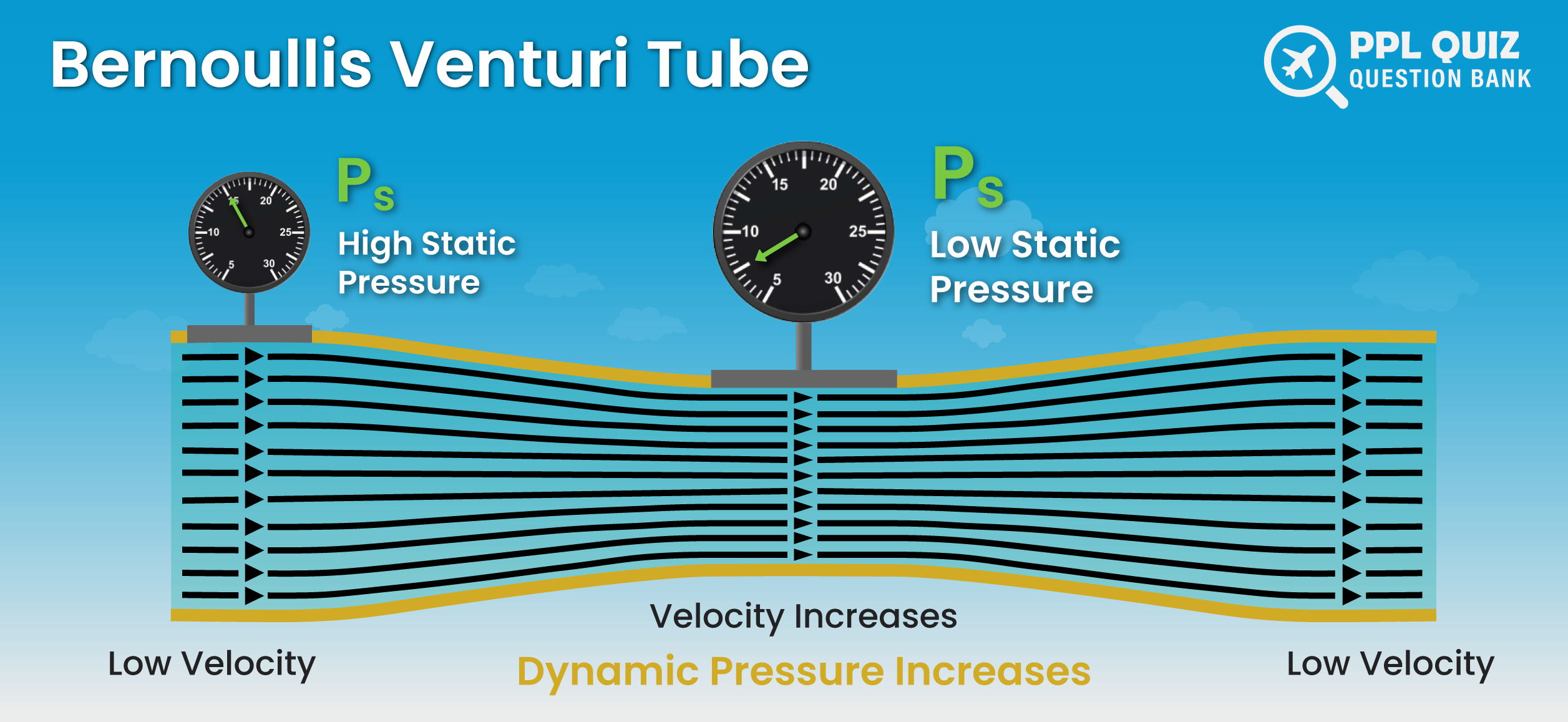
A Guide to Understanding Bernoulli’s Principle and how it helps explains lift, with Lots of images to help you visualise the principle.
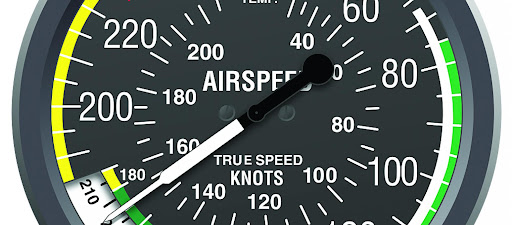
We’ll break down everything you need to know about V-speeds, plus we’ve put together a convenient list so you’ll never have to search for them again!
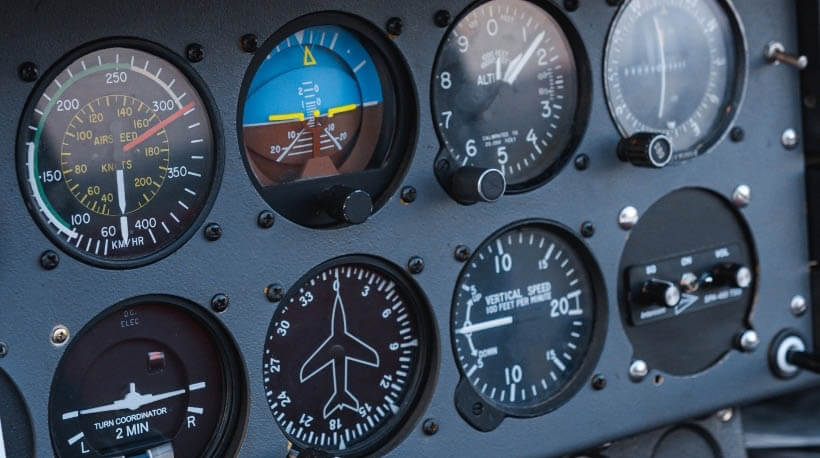
What is the aviation Six Pack? We take an in-depth look at the 6 core instruments a pilot uses to safely navigate and fly an aircraft.